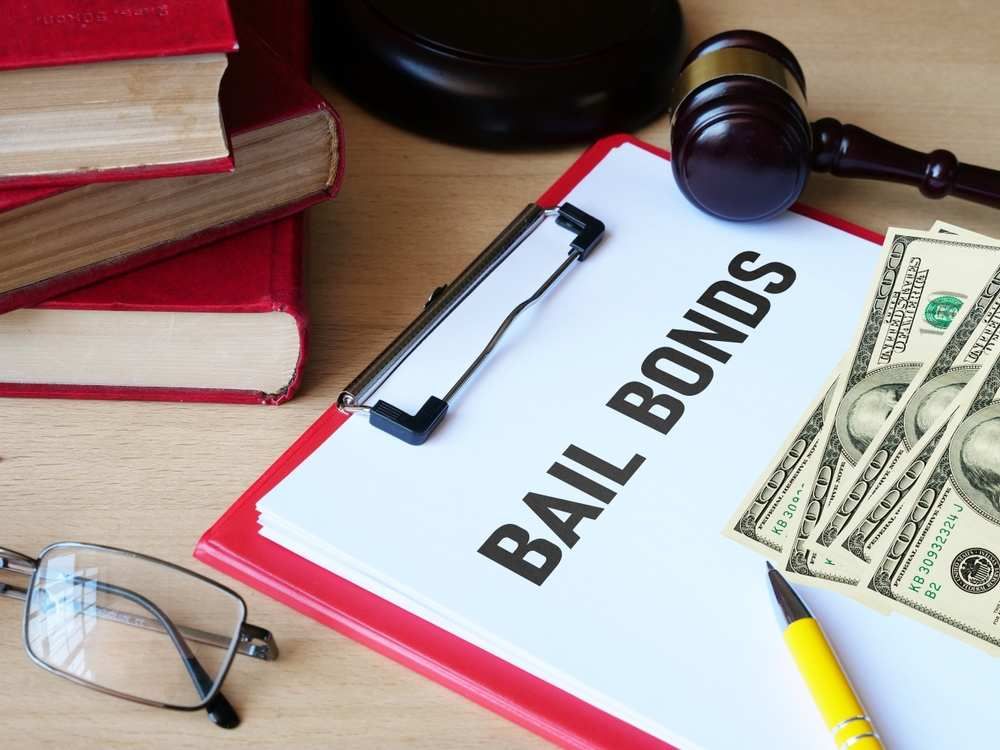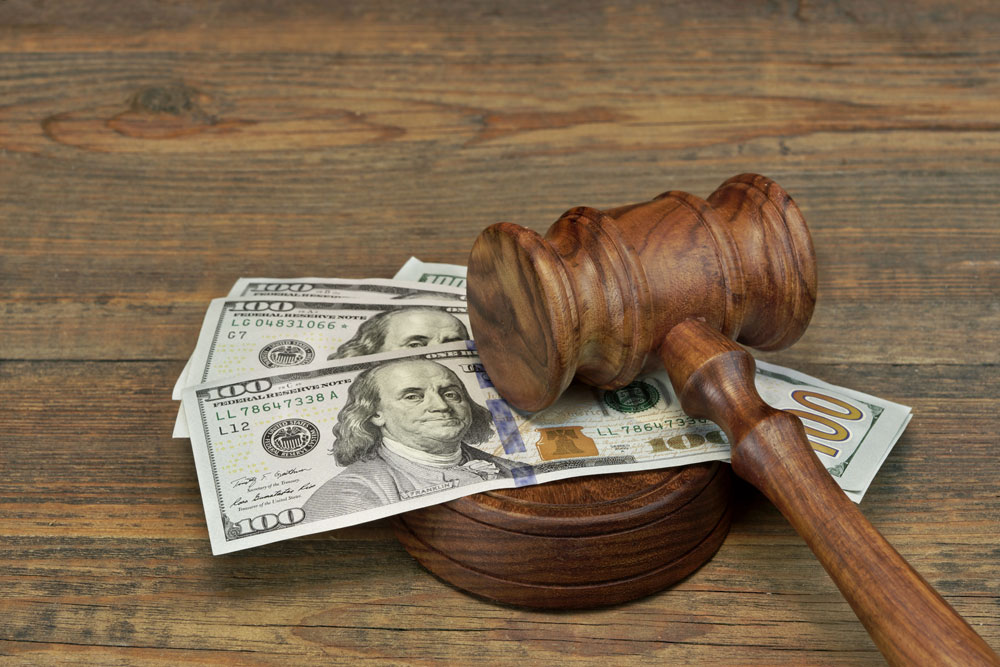Understanding the Essentials of Bail Bonds: What You Need to Know
Navigating the intricacies of bail bonds is an essential facet of the legal system that can dramatically affect the charged's journey via court proceedings. The details of how bail bonds operate, the different kinds offered, and the essential considerations in picking a trusted bail bondsman can be daunting.
What Is Bail?
Bail is a financial plan that permits an individual implicated of a criminal activity to be released from wardship while awaiting trial. The key purpose of bail is to make certain that the defendant appears for future court process (Los Angeles Bail Bondsman). Normally established by a judge, the bail quantity differs depending on the nature of the crime, the accused's criminal background, flight risk, and other significant elements
When bail is approved, the charged or a representative needs to pay a specified amount, which may be in money or with a bail bond. In many cases, bail can be rejected altogether, especially for severe offenses or if the suspicious postures a substantial risk to public security. The idea of bail is rooted in the anticipation of virtue, reinforcing the idea that individuals ought to not be punished before a sentence.

Understanding Bail Bonds
A bail bond is a financial instrument that helps with the release of an implicated individual from safekeeping, functioning as a warranty for their look at future court days. This plan permits offenders to maintain their freedom while awaiting trial, minimizing the worries related to imprisonment. The bail bond procedure generally includes a third-party firm, known as a bondsman, who supplies the essential funds to the court in support of the implicated.
Bail bonds been available in different forms, including guaranty bonds, building bonds, and cash money bonds, each with distinct needs and ramifications. Surety bonds, the most usual type, require a superior repayment, usually a portion of the complete bail amount, which is non-refundable. In comparison, a building bond involves making use of realty as collateral, while cash bonds demand the complete bail total up to be paid in advance.
Recognizing the subtleties of bail bonds is important for accuseds and their families. It is vital to understand the prospective economic ramifications, consisting of responsibilities and charges to the bail bondsmansman, as well as the legal obligations linked to making certain court looks. Knowledge of these components help in making educated choices during a tough time.
How Bail Bonds Work
The procedure of securing a bail bond typically involves a number of essential steps that make sure the implicated can regain their freedom while waiting for test. The specific or their representative calls a bond bondsman, who analyzes the instance and the connected dangers. The bondsman will need details regarding the charged, consisting of the charges, the bail quantity set by the court, and any relevant personal details.
As soon as the bail bondsman concurs to supply the bond, the accused or their agent navigate to this site needs to pay a non-refundable charge, generally a percentage of the total bail amount. This cost compensates the bondsman for taking on the economic danger of ensuring the charged appears in court. In many cases, collateral might also be called for, such as building or useful possessions, which functions as protection for the bond.
After the fee and any kind of collateral are prepared, the bail bondsman sends the needed documentation to the court. Upon authorization, the bail is uploaded, and the implicated is released from wardship. It is essential for the charged to comply with all court days and problems, as failure to do so can lead to the forfeit of the bond and prospective lawful effects.
Sorts Of Bail Bonds
Various kinds of bail bonds are available to fit various situations and requirements. One of the most common type is the guaranty bond, where a bail bondsman assurances repayment of the full bail quantity to look at this web-site the court for a non-refundable cost, typically around 10% of the bail. This setup permits offenders to safeguard their release without paying the entire bail upfront.
One more type is the cash money bond, which requires a co-signer or the offender to pay the full bail quantity in money straight to the court - Bail Bondsman. This option is typically liked for reduced bail amounts, as it guarantees the money is returned upon the defendant's look whatsoever court process
Residential property bonds include using property as collateral. In this case, the court puts a lien on the residential property, which can be forfeited if the offender fails to appear.
Finally, federal bail bonds are particularly made for government instances, typically involving higher quantities and additional intricacies. Understanding these different bail bond types is important for offenders and their family members in making informed choices during a challenging time.
Choosing a Bondsman
When picking a bail bondsman, this website it is important to consider numerous essential variables that can impact the overall experience and end result. Initially, evaluate the bail bondsman's online reputation by looking into on the internet evaluations and obtaining referrals from relied on resources. A dependable bail bondsmansman will have a background of professionalism and effective cases.

It is also essential to recognize the charge framework. Many bail bondsmensman bill a non-refundable charge, normally around 10% of the bail quantity. Be wary of any kind of surprise costs or uncommon settlement practices. Transparency in prices is a characteristic of a credible bondsman.
Conclusion
In summary, understanding the basics of bail bonds is crucial for individuals associated with the lawful system. Bail offers as an economic guarantee of court look, while numerous kinds of bail bonds satisfy different circumstances. Understanding the operational mechanisms of bail bonds and choosing a respectable bail bondsmansman can considerably influence the overall experience. A comprehensive examination of offered alternatives guarantees educated decision-making, ultimately helping with a smoother navigation with the intricacies of the lawful procedure.
The details of exactly how bail bonds run, the different kinds available, and the critical considerations in choosing a credible bail bondsman can be intimidating. The bail bond procedure normally involves a third-party firm, understood as a bond bondsman, that offers the required funds to the court on part of the accused.
The most typical type is the surety bond, where a bail bondsman warranties payment of the full bail quantity to the court in exchange for a non-refundable fee, usually around 10% of the bail. Bail offers as an economic assurance of court appearance, while numerous kinds of bail bonds cater to different scenarios. Understanding the functional devices of bail bonds and selecting a reputable bail bondsman can considerably influence the total experience.